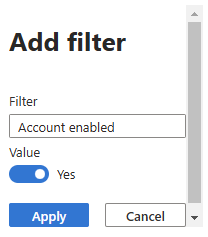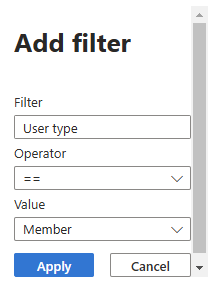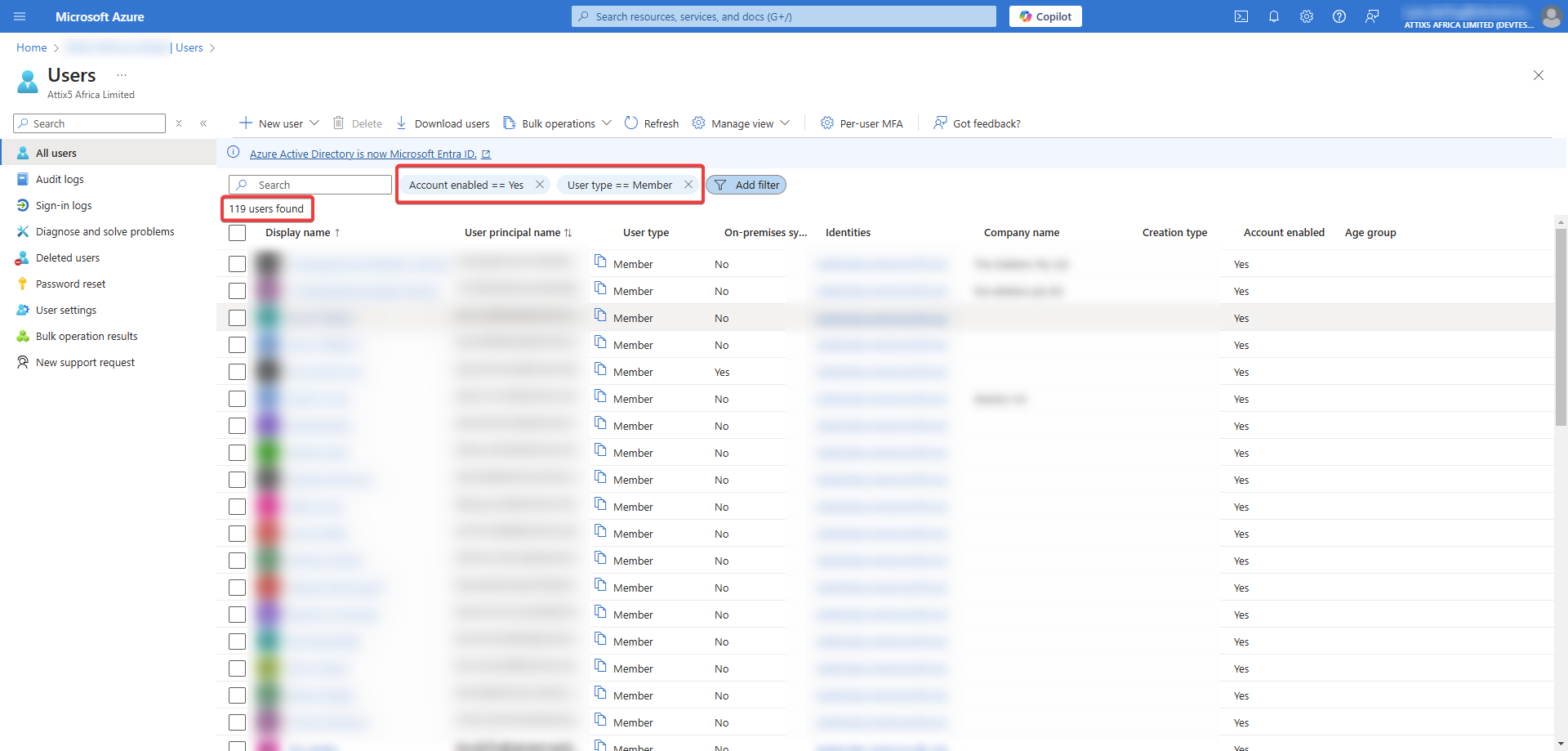Introduction
What is a seat?
A seat refers to a unique user ID (e.g. email) with one or more backup accounts under a single backup product (i.e. Microsoft 365). Broadly speaking, a seat is a unique user whose data we have backed up. Currently, seats are used for Microsoft products, Google Workspace, and Salesforce.
Below, you can find definitions of key terms related to seat management, sorted by product.
Microsoft 365
Seat
For Microsoft 365, a seat consists of an Exchange account and a OneDrive account - SharePoint sites and Teams do not contribute to the seat count, although they do contribute to the total data protected and therefore to the aggregated fair use.
Shared mailbox
A shared mailbox is a unique user ID (seat) that has only one backup account. If the corresponding OneDrive of a shared mailbox is also backed up to Redstor (i.e. the user ID has more than one backup account), the mailbox is considered a seat like any other.
For billing purposes:
- Backup of shared mailbox only: not billed as a seat
- Backup of shared mailbox + connected OneDrive: billed as a seat
- Data in shared mailbox: contributes to total data protected, whether or not the mailbox is billed as a seat
Note:
- Room resources are not considered shared mailboxes and are billed as active seats.
- If unlicensed mailboxes are being backed up, Article 1586 explains why.
Active/inactive
A seat (or shared mailbox/drive) is considered active if at least one of its accounts is backing up. A seat is inactive when a backup account for it exists, but is no longer backing up. A seat can become inactive in one of three ways:
- The customer deselects the seat from both Exchange and OneDrive backup sets.
- The seat is deleted from the customer's Azure Active Directory.
- The seat's account is selected for backup, but is not accessible, or when scanned is found to contain no data. (Our system will periodically check if this has changed and the account can be backed up again.)
Microsoft Entra ID
Entra ID seat
An Entra ID seat constitutes a user object for an active user (i.e. a user with account status: enabled) that is not a guest or deleted user. When an Entra ID tenant is selected for backup, all the seats it contains are backed up. It is not possible to select only a subset of a tenant's seats for backup.
When using Redstor to protect Entra ID, you are billed for the actual number of seats (active users) that are being protected, and never per GB of data, regardless of the pricing plan you are on. Disabled users, deleted users, and guests are not billed.
To estimate the approximate number of billable users you will have, you can go to Users in the Entra ID admin centre. In the All users section, add the following filters:
- Account enabled = Yes

- User type = Member

You will now see an approximate number of users shown at the top left, above the user list.

Google Workspace
Seat
A Google Workspace seat can refer to a user of Gmail, Google Drive, Contacts, Calendar, and/or Classroom. A shared drive on its own is not considered a seat (read more below).
Shared drive
A Google shared drive is a unique user ID (seat) that has only one backup account. If the corresponding Gmail mailbox is also backed up to Redstor (i.e. the user ID has more than one backup account), the drive is considered a seat like any other.
For billing purposes:
- Backup of shared drive only: not billed as a seat
- Backup of shared drive + connected Gmail mailbox: billed as a seat
- Data in shared drive: contributes to total data protected, whether or not the drive is billed as a seat
Active/inactive
A seat (or shared mailbox/drive) is considered active if at least one of its accounts is backing up. A seat is inactive when a backup account for it exists, but is no longer backing up. A seat can become inactive in one of three ways:
- The customer deselects the seat from all applicable Google Workspace backup sets (Gmail, Google Drive, etc.).
- The seat is deleted from the customer's Google Workspace Admin Console.
- The seat's account is selected for backup, but is not accessible, or when scanned is found to contain no data. (Our system will periodically check if this has changed and the account can be backed up again.)
Fair use policy (all products)
A company's fair use policy (FUP) limit for a base product (i.e. M365, Google Workspace, or Salesforce) is calculated as (active product seats + inactive product seats) * seat FUP. The seat FUP limit is 50GB. For example, for Microsoft 365, fair use is measured against the total of: data protected in Exchange + data protected in OneDrive + data protected in SharePoint + data protected in Teams.
Shared mailboxes (Microsoft 365) and shared drives (Google Workspace) do not count as seats, but their data contributes to the total data protected. If a FUP limit is exceeded, the customer is billed for each additional GB protected.
Was this article helpful?
That’s Great!
Thank you for your feedback
Sorry! We couldn't be helpful
Thank you for your feedback
Feedback sent
We appreciate your effort and will try to fix the article